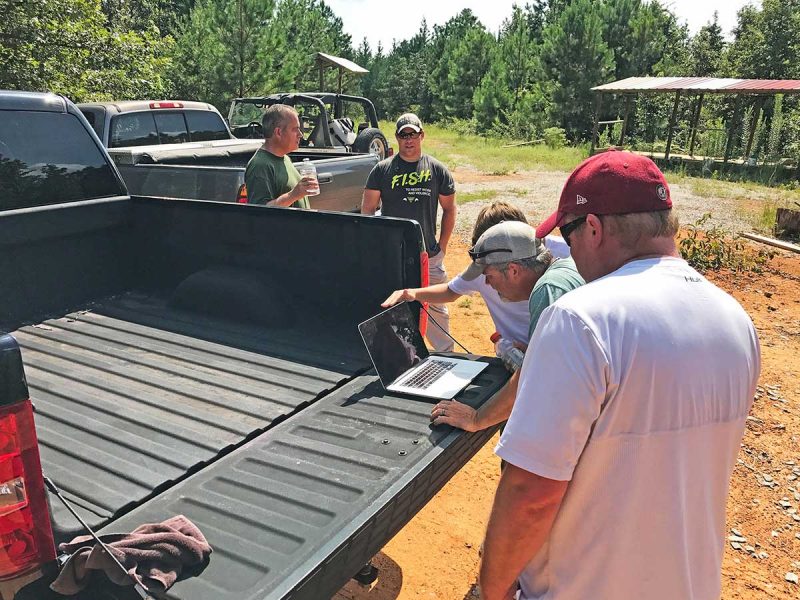Creating a Hunting Club: The Vision and Breaking Ground
OutdoorHub Reporters 08.22.17
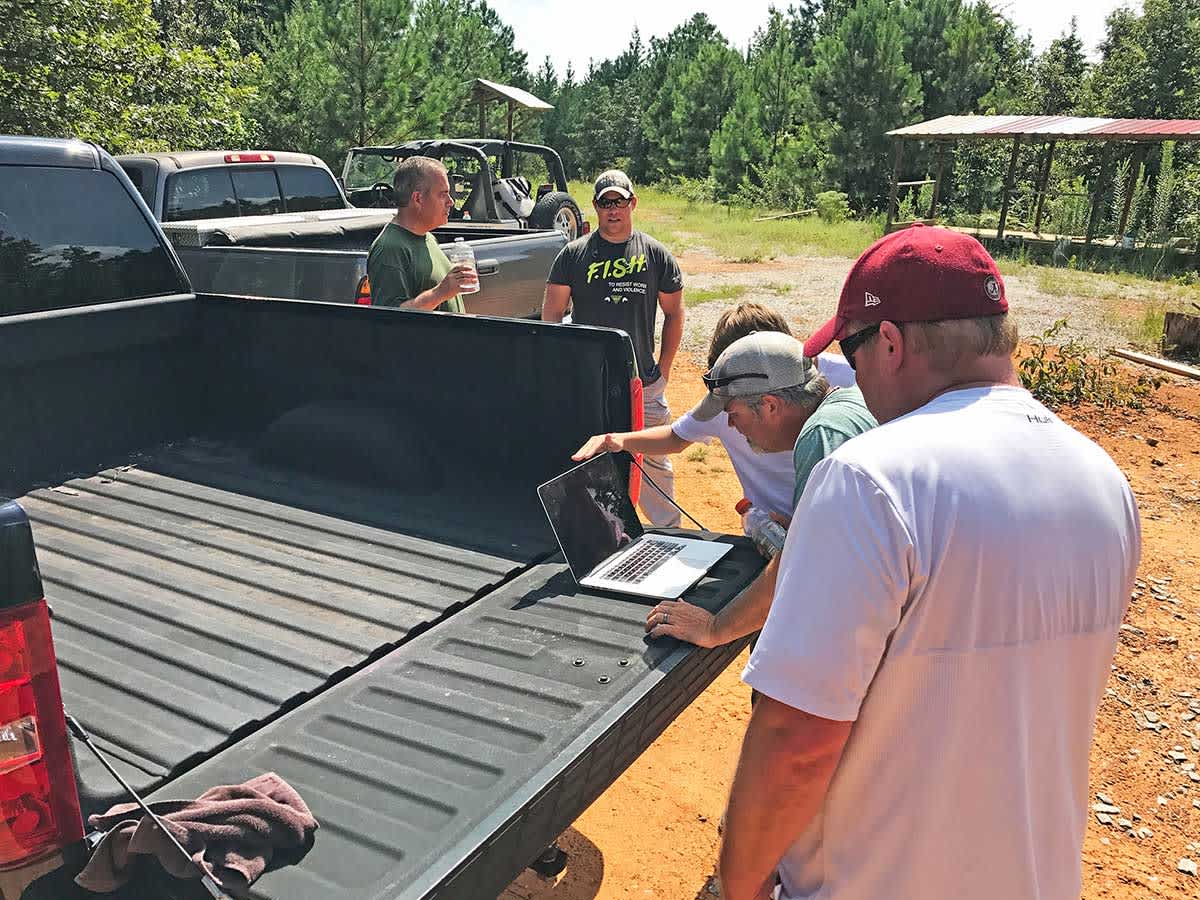
Editor’s note: This is the first installment to a 12-part series about building a hunting club with buddies from nearly the ground up. Author Thomas Allen will share what he learns as he learns it. His hope is that anyone who reads this series can learn from his successes and failures, and apply them to a one-day fruitful hunting club.
Hunting is a social pursuit. It’s best enjoyed with those we care the most about — family, friends and anyone who shares the passion for growing big bucks and filling the freezer with clean, pure venison.
The antlers represent the memories of our success, and remind us of the failures and lessons garnered along the way. Without our loved ones to share in these memories, the antlers and venison mean nothing.
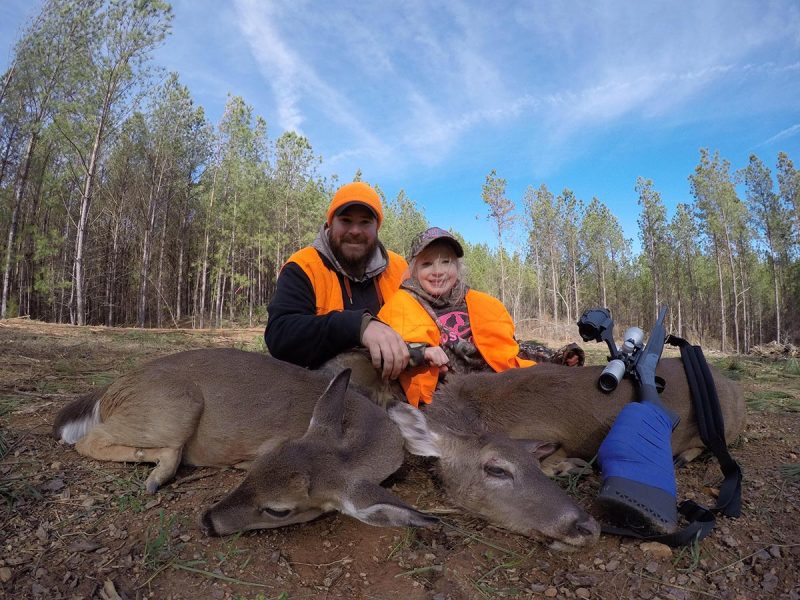
I’ve had the opportunity to hunt with many people over my 20-plus years as a whitetail fanatic, and most of the time it’s been a tremendous blessing. A big part of successful whitetail hunting — and turkey hunting for that matter — in today’s day and age requires hunting with and around other hunters.
It’s a shared sport. And if we’re all honest with ourselves, we want to grow it and pass on the tradition that was gifted to us when our passion was blooming. But at some point, with more hunters doing the same thing, the result is . . . more hunters on less ground.
In its purest form, sharing the sport and watching it grow a good thing. But with how rapidly the sport’s popularity is increasing, competition for land access and permission also increases. As a result, hunting pressure goes up, and deer continue to get smarter.
How does one stay ahead of this trend? Buy land. Lease land. Work extra hard to maintain the relationships that extend land-access permission. Having property where you can completely manage the existing herd and create a private hunting mecca is the ultimate dream. Unfortunately, that’s hardly a reality for the vast majority of us.
The solution? Gather up a group of your best, like-minded buddies and start a hunting club.
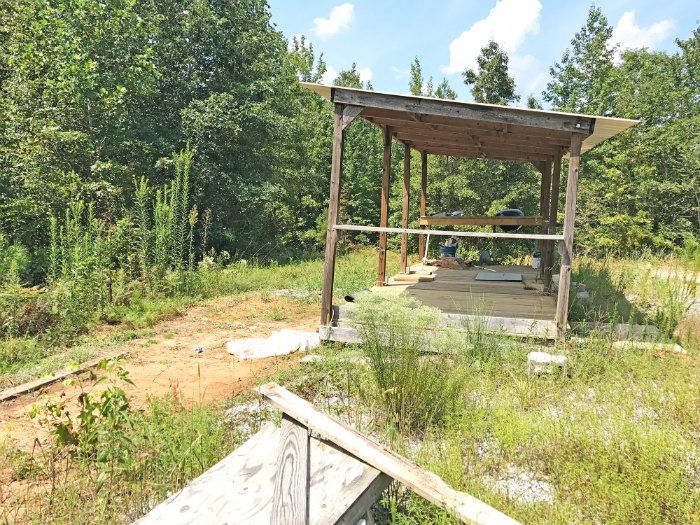
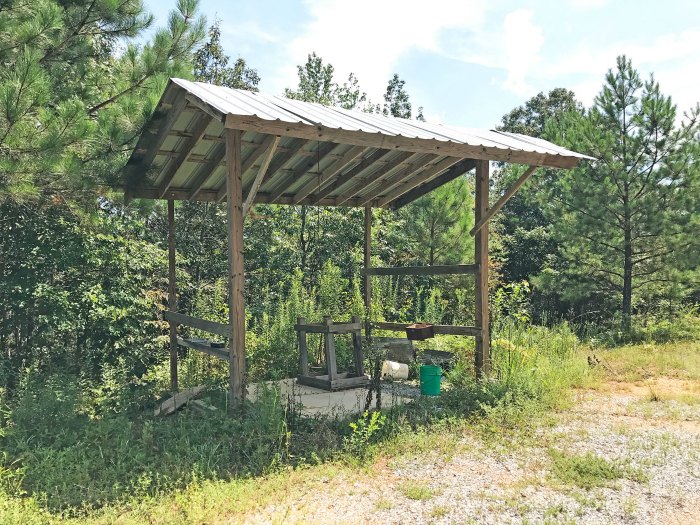
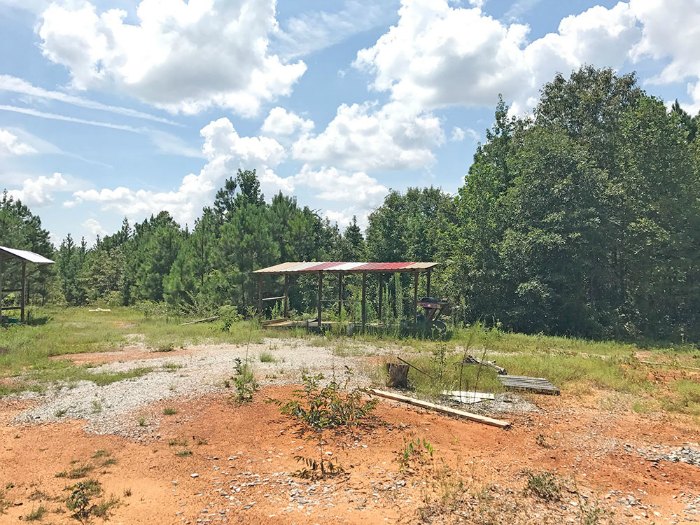
The Vision
I was raised and taught to deer hunt among the Iowa hardwoods. To this day, nothing makes my heart race like the sound of a careless rutted-up buck shuffling through the crispy, frosted leaves on a November morning, as the sun peers over the horizon onto a golden cut cornfield.
The steam rolling out of his nostrils almost blinds him as he desperately seeks the next willing doe. Drool drips from his nose and mouth as he scans the timbered hillside, looking for any sign of life that requires further investigation. His bulging neck meets a barrel chest where his shoulders ripple with lean, toned muscles that makes his thighs seem trim. He could tip the scales somewhere between 275 and 300 pounds.
He licks both sides of his nose in a seemingly single motion, and as quickly as he appeared, the lusty intentions that made him appear that morning pulled him into the brush — and out of my life forever.
Whatever location made you as a hunter, you can probably place yourself in a similar scene from your early days as a hunter. Iowa is no longer my home; life brought me to the South where hunting clubs are the norm. For my children to have the same opportunities to hunt and build their passion for the sport, let alone feed my own obsession, I had to go the club route.
For a club to work long-term, all members must share the vision, be equally heard and invested in the vision.
When a club has existed for a long time, membership will eventually begin to turn over, and whatever original members are still there will likely become complacent and won’t be as willing to embrace new and younger members with modern hunting approaches. That’s the beginning of the end for many clubs.
If that sounds familiar, it’s important to look into doing your own thing. Take the initiative and make it happen. Period.

Getting Started
The process begins with finding the right property. There are plenty of entities that deal in providing leases, and you must determine where to begin that search based on geological location. But don’t settle on anything less than what fits into your potential dreams. Shop around, be selective.
Once you’ve located and reserved the location, you need to build your paying membership. Make sure dues include insurance, expenses to include food plot creation/implementation and seed, shooting house renovations, and whatever else might be required on an annual basis. Membership fees should provide a small cushion above annual operating expenses.
Then set a meeting with a group of friends and acquaintances that are willing to participate in a way that makes sense to the overall objective. Be open in explaining the club’s vision, and let them decide whether it’s headed in the right direction for their personal expectations.
Let the group determine club rules and bylaws. Let experienced members share their experiences; let the inexperienced members ask questions to fully understand why each rule is in place.
Rules need to be reasonable and support the overall vision, in both short and long term. In other words, don’t make silly rules that negatively impact membership, such as trail cam location restriction and specific dates when they can and can’t be used.
Also, consider implementing harvest restrictions that suit the club’s long-term management objectives. Just because the state allows hunters to kill deer and turkeys at an accelerated rate doesn’t mean club membership should as well. Think conservation.
It’s really that simple.
First Jobs
We found a 614-acre property just half an hour from my residence and office, which is a huge bonus. We’ve recruited eight members and established a game plan for food-plot re-establishment, a to-do list and we are at the very beginning of building a southern hunting paradise. All the photos and videos you see in this article are from our new property.
In our estimation, this piece of ground hasn’t been hunted in at least 1 year, but we aren’t certain on exactly when the last deer was shot. But, the existing food plots are quite overgrown, and will require extensive work and investment to get them up to snuff.
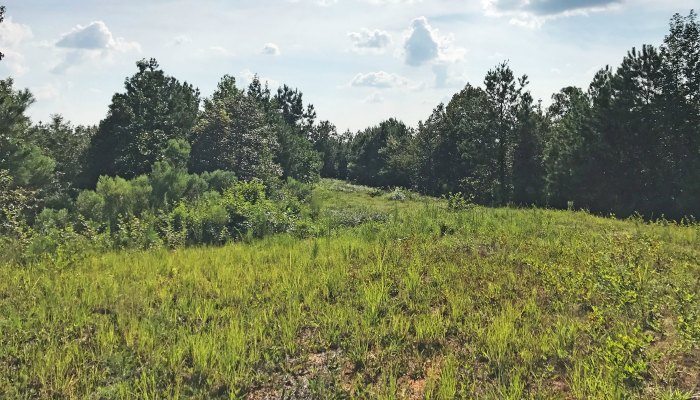
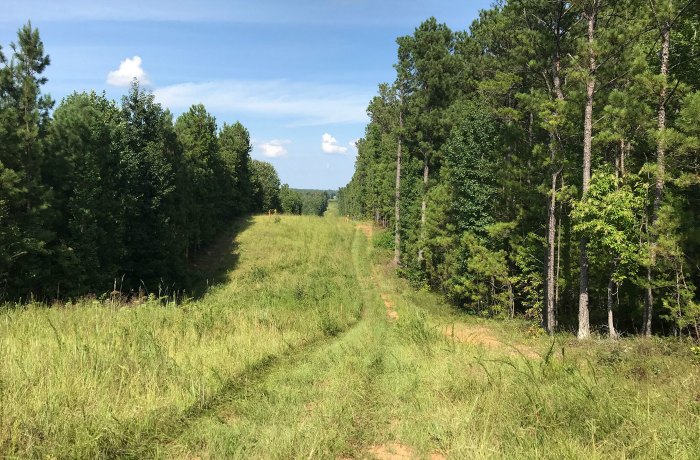

Our first onsite meeting resulted in gathering soil samples (see how-to video above) on each prospective food plot, and surveying every shooting house, which are very much in need of repairs. Food plots and shooting houses will be receiving a lot of attention in the days, weeks and months ahead.
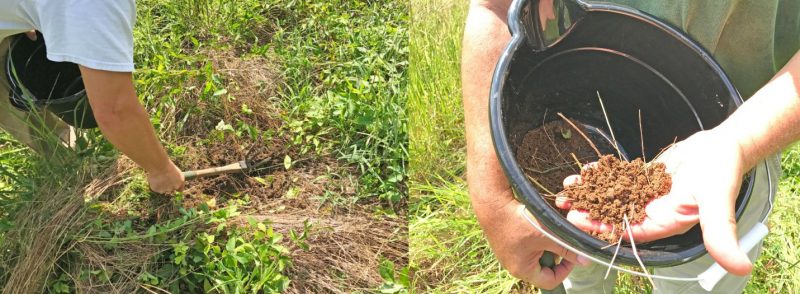
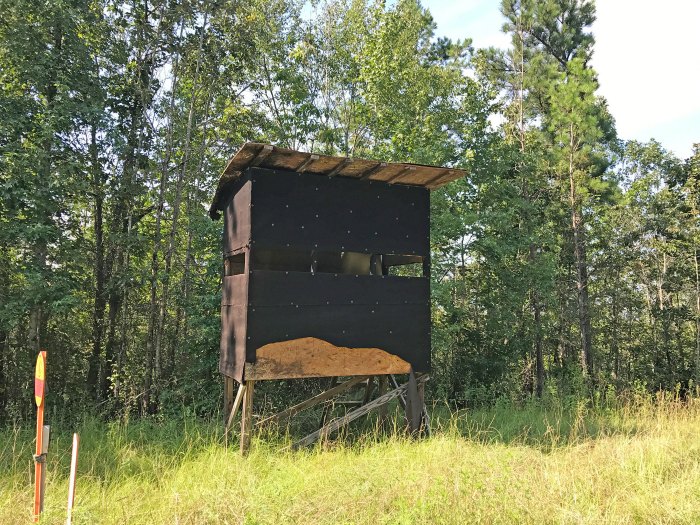
We noticed that nearly every shooting house is inundated with wasps. Not honey bees, but wasps that serve no other purpose than to make your life miserable. We’ll need a strategic approach to killing them while saving ourselves. We hit one wasp nest (see video below), but hardly put a dent in them.
No one said that building a hunting club from the ground up would be easy. But it’ll be fun — even spraying wasps isn’t so bad if you have buddy there for moral support.
Will this property fulfill our hunting fantasies? It’s too early to tell, but I invite you to come along for the ride.
About the author: Thomas Allen calls central Alabama home, where he lives with his beloved wife, Kathryn, and two growing children, Tommy and Taylor. Follow Thomas on Twitter: @ThomasAllenIV and Instagram: ThomasAllen4
